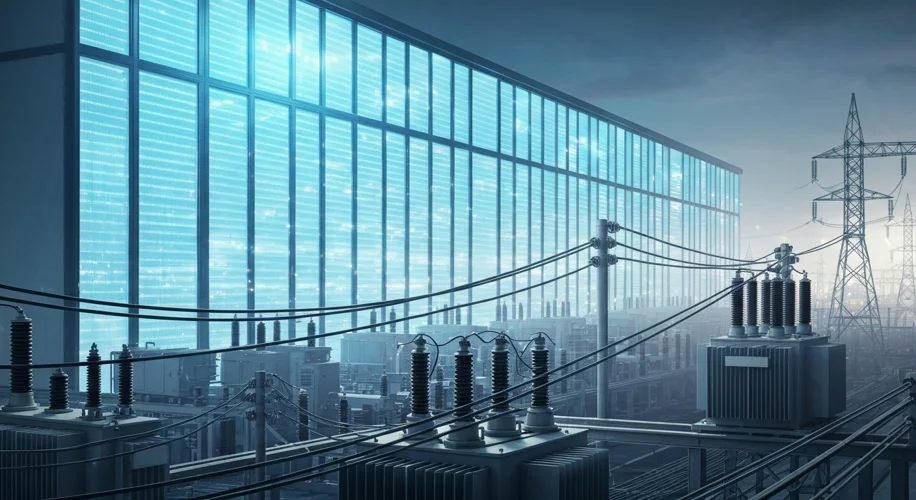It’s fascinating, isn’t it? We’re living through a moment where the very technologies that promised to connect and power our world are now putting unprecedented demands on our fundamental infrastructure – the electrical grid.
I’ve spent much of my life sifting through the history of technology, from the clatter of early computing relays to the hum of the first telecommunication networks. And now, we’re seeing a new chapter unfold, driven by the current AI boom. Reports from AI experts, some returning from insights gained in China, have highlighted a potentially destabilizing impact on the U.S. electrical grid. This isn’t just about more computers; it’s about a massive, concentrated surge in energy consumption.
Think about it. Each AI model, especially the large language models and sophisticated AI systems we’re hearing so much about, requires significant computational power. This power comes from data centers, and data centers are voracious energy consumers. They need electricity not only to run the servers but also for the cooling systems that prevent them from overheating. As AI development accelerates and its applications spread across every sector, so does the demand for this electricity.
This presents a critical challenge to the resilience of our national energy infrastructure. We’re accustomed to thinking about grid stability in terms of weather events or infrastructure failures. But now, we have a new factor: the exponential growth of a single technological sector.
It’s not unlike the early days of computing. When the first large-scale electronic computers were being developed, their power requirements were a significant consideration. But the scale of AI today is exponentially larger. We’re talking about data centers that can consume as much power as entire towns or small cities. And the pace at which these demands are growing is, frankly, staggering.
This situation also touches upon our competitive standing in the global AI race. A robust and reliable electrical grid is fundamental to supporting the innovation and deployment of cutting-edge technologies like AI. If our grid falters or cannot keep up with demand, it could impede our ability to lead in this critical technological field.
In my years of archival work, I’ve seen how technological advancements often outpace infrastructure development. The telegraph lines had to be strung, the power grids had to be built and expanded. There’s always a lag, a period of adaptation. The question now is whether our current electrical grid can adapt quickly enough to meet the demands of this new AI era without compromising its stability or our national security interests. It’s a historical pattern of innovation meeting infrastructure, but the stakes feel higher than ever.

